
There are classic films that change the course of cinema as a medium. These are works that challenge the artform as a technical, visual, and audible language. However, there are also films that affect the ways films can be viewed. These are works that are far from your usual mainstream works, and they may even seem alienating at first.
When you adjust your perspective for these works, you unlock not only their full potentials but the possibilities of cinema as a whole. You won’t lose the old way you viewed films, but your brain will be rewired to appreciate the medium in a different way. Here are ten movie masterpieces that will change the way you look at cinema.
1. All That Jazz
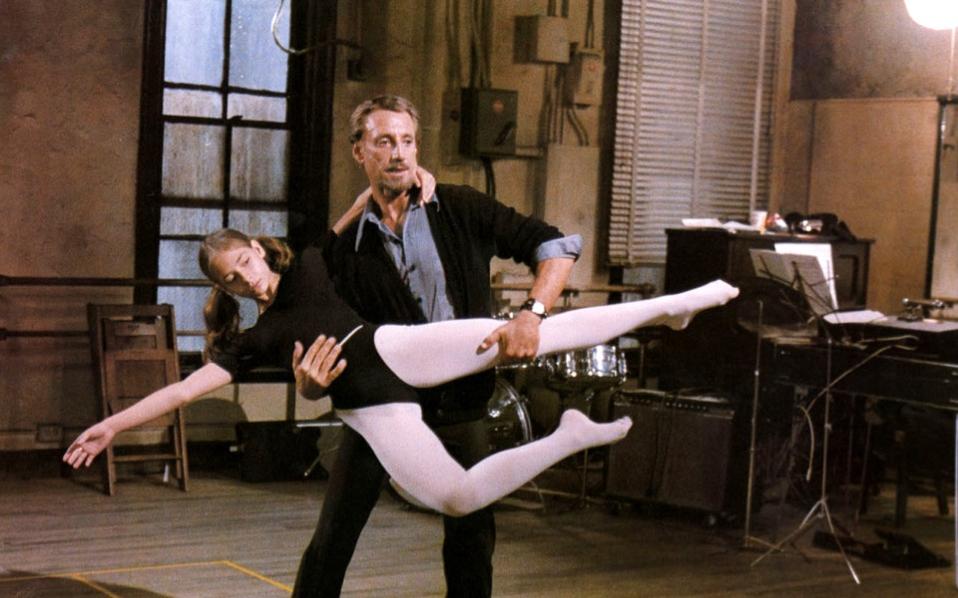
A pseudo-musical about one’s demise? This is a masterwork that focuses on all of the minor things in between every moment of glamour (hence the title). This is loosely based on director Bob Fosse’s own health and personal struggles, and the tip-toeing between bliss and fear is apparent. Does Joe Gideon follow the angel of his dreams towards his bitter end, or does he really want to stay and keep working (because working is all he knows)?
For a musical, there, firstly, aren’t a lot of numbers (only those that are literally performed in a realistic sense, or in dream sequences). Secondly, there is a dedication to abrupt cuts (instead of the usual flow musicals provide). To understand the brilliant of All That Jazz is to forget the usual fluidity of films of any sort (more than just musicals, even).
2. The Color of Pomegranates
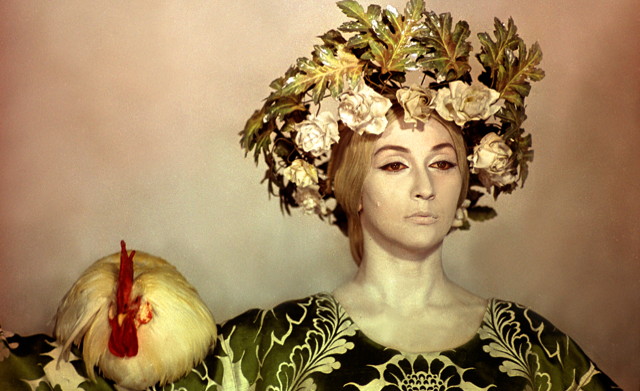
This is not even an explicit story. Instead, what we have here is a series of cryptic vignettes that play more like living religious iconography than scenes. Based on the life of the Armenian artist Sayat-Nova, The Color of Pomegranates is an abstract depiction of what a biographical picture can be. Without following the cookie cutter blueprints of typical biopics, Pomegranates follows suit in a way that honours the late poet.
The result is like staring at an illustration for so long that it appears to move (yet it actually does here). When people complain that too many films are unoriginal, or that genre conventions make the medium stale, show them this film. This is what happens when a film is authentically, truly unique for its time. The common language of cinema gets shattered, and the result is exquisite, if not challenging.
3. Daisies
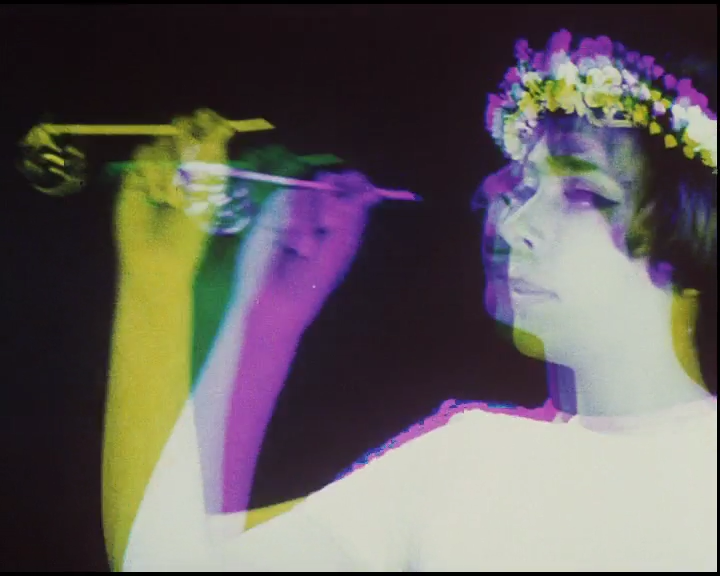
We witness two female teenagers partaking in acts of rebellion in the contrastingly-titled Daisies, yet the biggest case of disobedience comes from the film’s uncooperative nature. In fact, a portion of this film feels like the director, Vera Chytilová, is trying to parent the two mischievous leads. We skip through weird-act after weird-act, and we begin to understand that this is the refusal to partake in cinema’s usual conventions.
Some of these moments of defiance are so strange but hypnotic in nature (including the ruining of a communist dinner). Without catering to any form of organization, every authority gets spat on here; this is exactly why the film was banned in Czechoslovakia upon release. Daisies is a colourful, glorious breaking of all of the rules.
4. The Diving Bell and the Butterfly
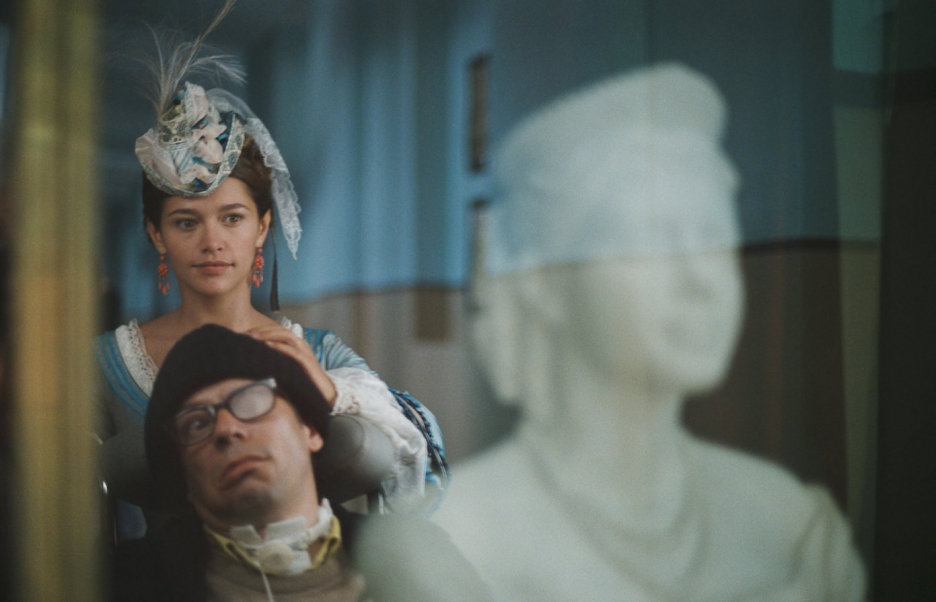
We start off literally looking through the eyes of Jean-Dominique Bauby, as he is frozen in his hospital bed after a paralyzing stroke. After a noticeable amount of time, we hop between his past (represented through flashbacks) and his escapes (depicted by dream-like imagery). The Diving Bell and the Butterfly is an artistic interpretation of a stoic body’s fleeting mind.
While it does tell a life story in a—relatively – normal sense, it is all anchored around the memories Bauby wishes to hang onto, as his brain is his sole form of communication with the world (he can only talk through his left eye and a letter board).
We experience everything Bauby encounters, including the gruesome (the sewing-up of his non-functioning eye) and even the ultimate end (which is as abrupt as it sounds). This is definitely a biopic for the ages, because a good chunk of it literally is from the mind of its subject.
5. Histoire(s) du cinéma
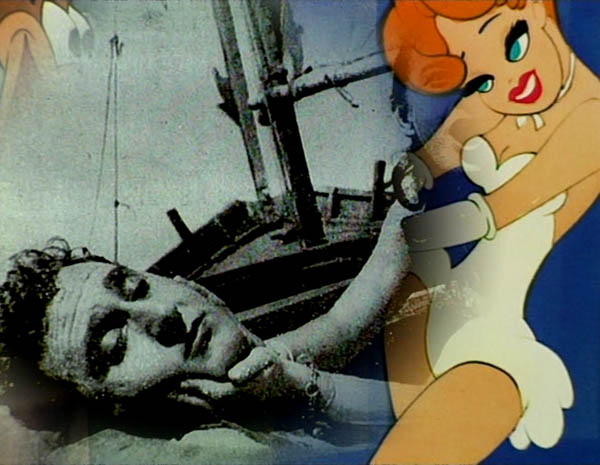
Of course Jean-Luc Godard loves to challenge what films can be by shaking the medium at its very core. His most ambitious project, Histoire(s) du cinema, is a bastardization of the history of filmmaking. As philosophically complex – perhaps – as one of Cahiers du Cinéma’s articles can be when it comes to film art, Histoire(s) is much more challenging than it is literal.
Godard succeeds with his experimentation on editing and the pairing of images and sounds, because this multi-part film survives only through its parade of thought-provoking contrasts. If you really want to question what can set audio and imagery apart in a film, Histoire(s) is a take-home course that will educate, instruct, and test you through a series of examinations. The very ending, where Godard essentially reveals that there is no end to this study, is a beautiful void.